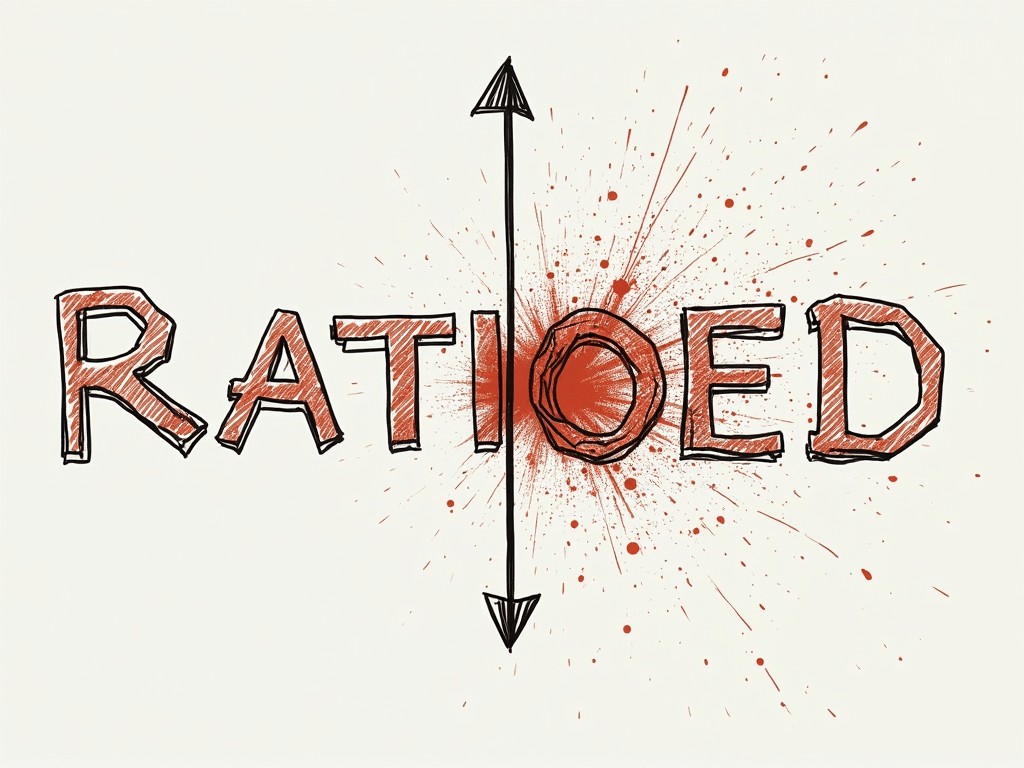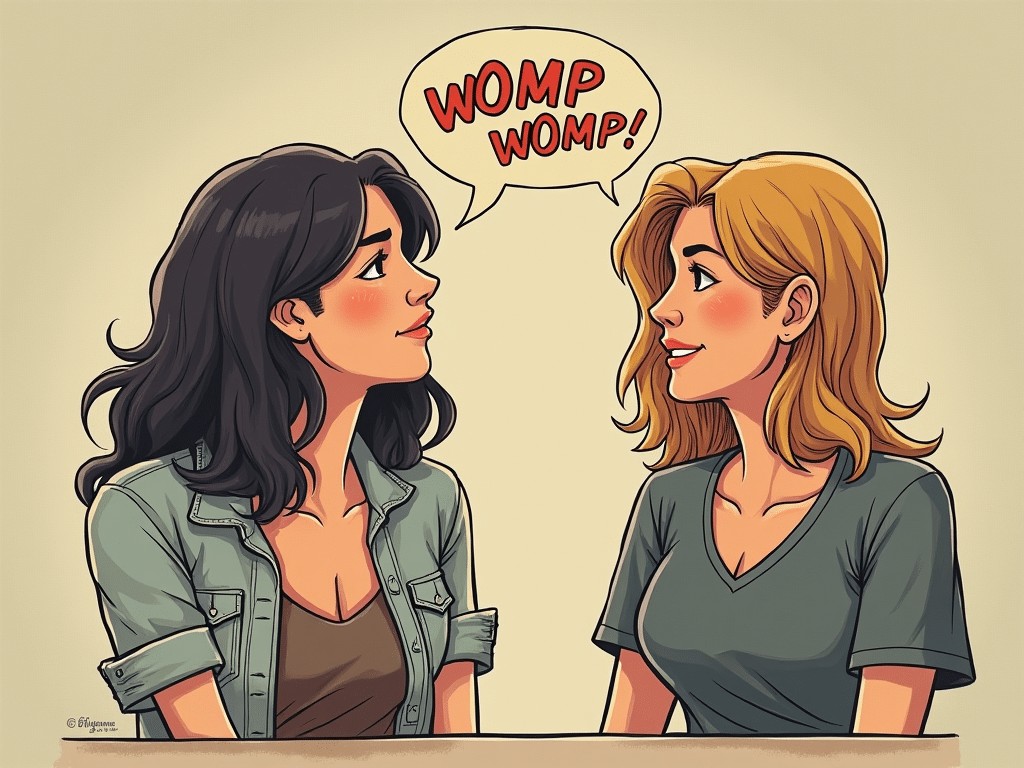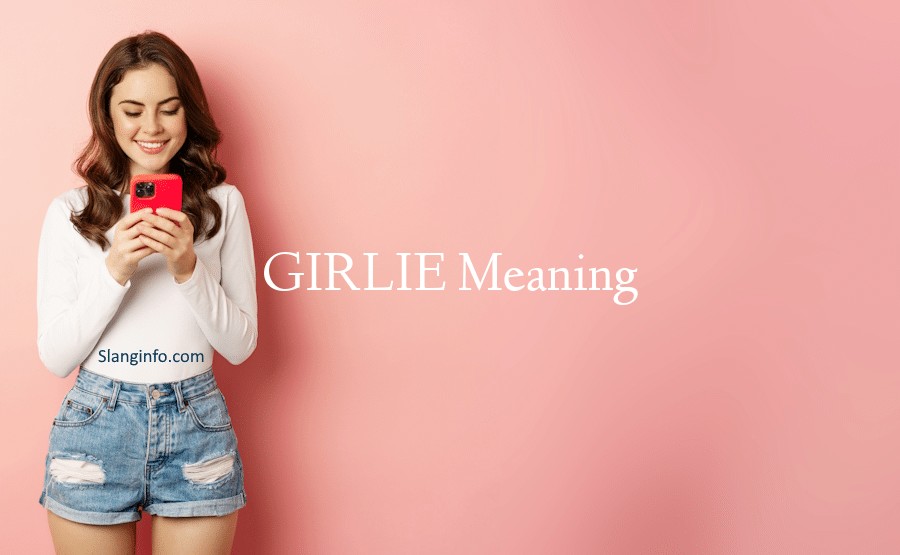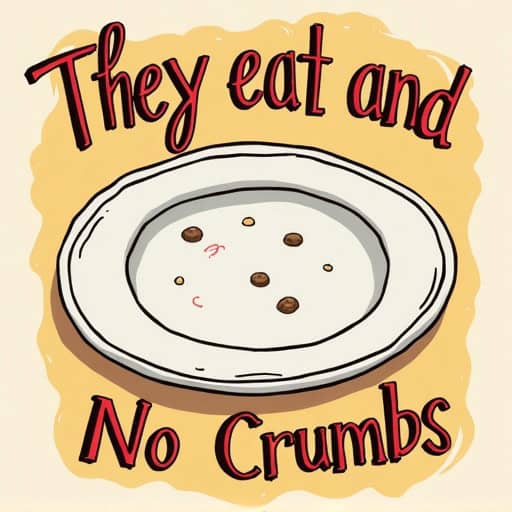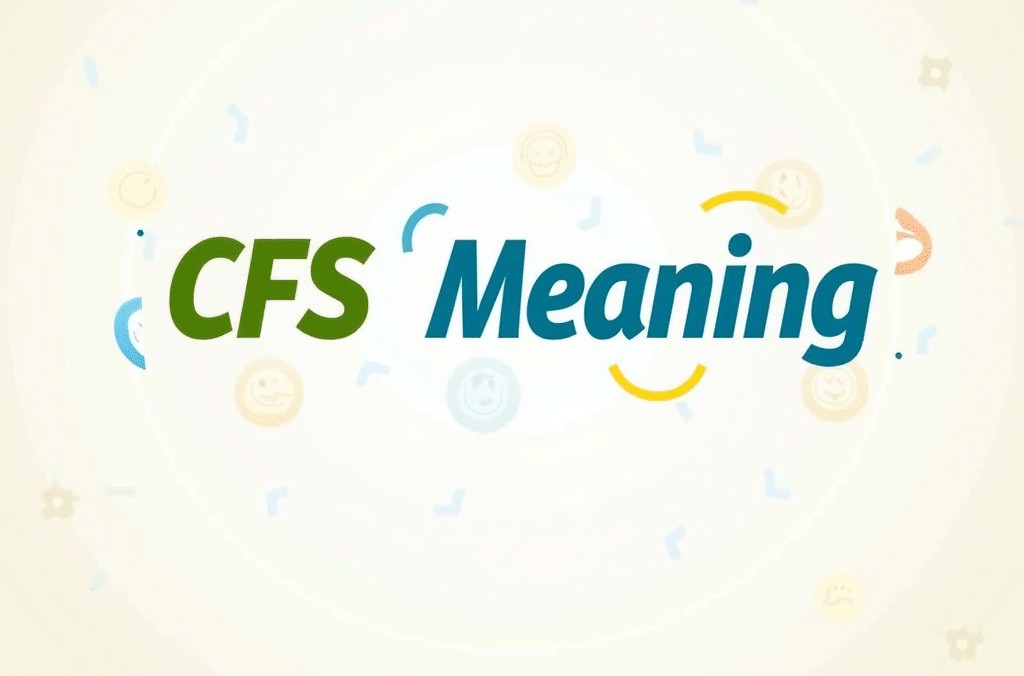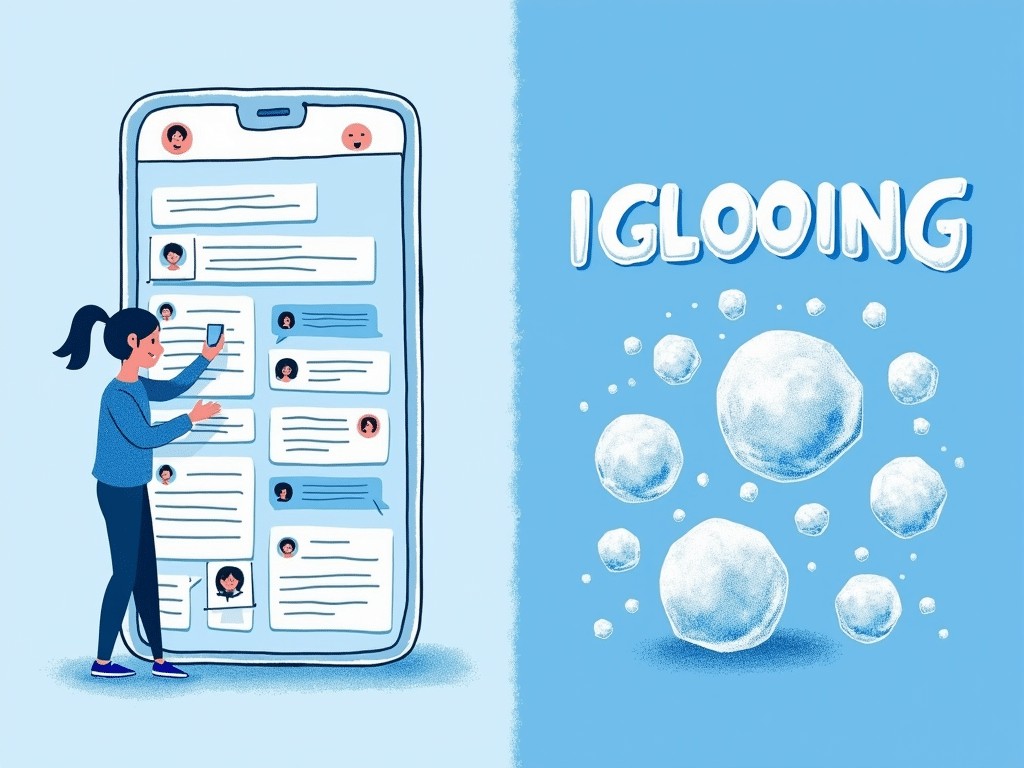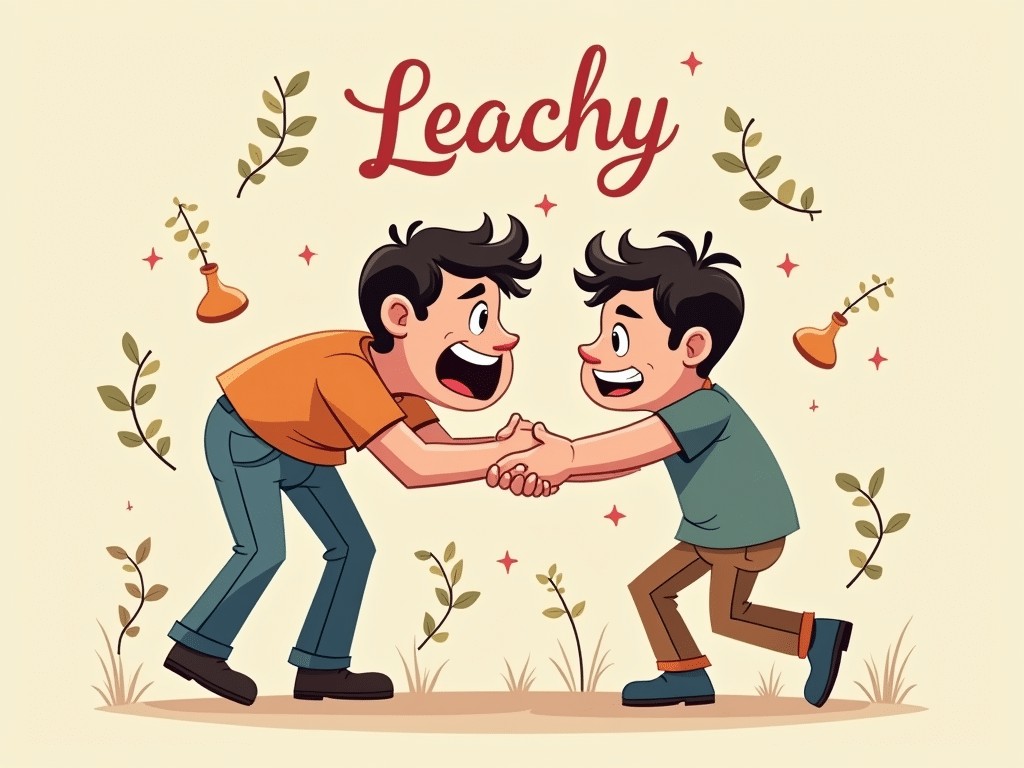Rule 34: The Internet’s Wildest Law Explained
Welcome to the chaotic universe of the internet, where memes reign supreme and absurdity knows no bounds. Ever heard of Rule 34? If not, it’s about to become your go-to inside joke for all things wild and weird online. Let’s dive into this bizarre yet fascinating phenomenon that highlights the hilarity and creativity of internet culture!
| Meaning | Usage | Example |
|---|---|---|
| If it exists, there is porn of it. | Used humorously to hint at adult content associated with anything imaginable. | A new cartoon character debuts, and memes flood social media referencing Rule 34. |
What Exactly Is Rule 34?
At its core, Rule 34 states: “If it exists, there is porn of it. No exceptions.” Yep, you read that right! This cheeky little mantra means that whether it’s a beloved cartoon character, a meme, or even an inanimate object, someone out there has created adult content based on it. It’s like saying, If you can think it, someone’s probably done it!” This rule has become a staple in the world of memes and jokes, capturing the internet’s relentless creativity—and sometimes, its more questionable taste. It expresses the sheer absurdity and freedom of the online realm, reminding us that almost anything can be transformed into adult content.
Rule 34 Meaning in Text
In the digital communication landscape, Rule 34 serves as both a punchline and a cautionary tale. When someone throws around a Rule 34 reference, it’s like a playful nudge that anything can become the subject of adult content. It’s not just humor; it’s also a warning of sorts, reminding you that a simple Google search can lead to some pretty unexpected (and oftentimes NSFW) results! This mix of cheekiness and caution makes Rule 34 a vibrant part of online conversations and memes.
Rule 34 Meaning in Instagram
On platforms like Instagram, Rule 34 is often playfully referenced in memes or comments. Picture a new animated character blowing up online—almost immediately, users might start sharing memes like, “Hope you’re ready for Rule 34!” Posts featuring quirky edits or outrageous fan art might gain traction, buzzing with humor and a sense of shared understanding about what’s inevitably coming.
Rule 34 Meaning in TikTok
TikTok memes flow seamlessly into the Rule 34 canon. Creators often make skits showcasing the absurdity around new characters and inevitably link them with the law. Think of content creators hamming it up while dramatically proclaiming, “Why does this character have a Rule 34 version already?!” It taps into the viral nature of TikTok, blending humor with relatable internet culture.
Rule 34 Meaning in Reddit
Reddit threads love to dissect trends, and Rule 34 appears frequently in discussions about pop culture. Users might share links to fan art or adult content, jokingly citing Rule 34 to explore the most extreme side of fandoms. Whether it’s about recent movies, video game characters, or nostalgic cartoons, the banter shows how deeply embedded this law is in online discourse.
Rule 34 Meaning in Twitter
On Twitter, you’ll often see people tweeting funny observations linked to Rule 34 as they react to new media. “Just met a new animated character and my friend’s already sending me Rule 34 links. I can’t… 😂 #Rule34” Tweets like these encapsulate the humor and absurdity wrapped up in this concept, cementing its status as a digital phenomenon.
Popularity & Trends
Rule 34 first emerged in the early 2000s from anonymous forums like 4chan and Something Awful. Originally part of a humorous collection of “internet rules,” it gained fame after a 2007 comic depicted a character’s horror after stumbling upon adult content tied to their favorite comic. Fast forward to today, and Rule 34 is everywhere—from memes to discussions on TikTok, Reddit, and Instagram. Its popularity has ballooned, made possible by how easily content can spread across social media platforms.
Examples
Here are two real-world scenarios showcasing Rule 34 in action:
1. New Character Alert: When the latest character from a popular animated series makes their entrance, meme makers often jump on the opportunity. Imagine a tweet that reads, “Just met XYZ from ABC series. Rule 34 is already on the way, folks! 😂” It’s a cheeky nod to the instant buzz that follows with creative twists on the character.
2. Fan Creations: Fan artists often ride the Rule 34 wave. You might find someone saying, “Just finished this fan art of JKL character! Rule 34 might not be far behind.” Here, fans are both acknowledging and poking fun at how adult themes creep into their favorite worlds, leading to bizarre yet hilarious results.
Conclusion
Rule 34 is more than just your quirky meme; it’s a testament to the creative chaos of online culture and community. It serves as a badge of honor for those who can navigate the wild world of internet content while sharing a laugh. Whether you find it hilarious, unsettling, or just plain bizarre, Rule 34 symbolizes how the internet challenges norms, connects users, and fosters creativity. So next time you see Rule 34 pop up, you’ll know exactly what’s behind the curtain— and how to navigate the wild, wacky world of online content with savvy! 🚀👀
Curious about more internet slang? Check out our guides on NSFW meaning and thirsty meaning. Join the conversation and discover how slang shapes our digital lives!

